The Sir Lankan leopard is a leopard subspecies that inhabits Sri Lanka, an island in South Asia.

CLASSIFICATION
| Domain | Eukaryota |
| Kingdom | Animalia |
| Phylum | Chordata |
| Class | Mammalia |
| Order | Carnivora |
| Suborder | Feliformia |
| Family | Felidae |
| Subfamily | Pantherinae |
| Genus | Panthera |
| Species | P. pardus |
| Subspecies | P. p. kotiya |
The Sri Lankan leopard is one of several leopard subspecies. It is native to the island of Sri Lanka and a country in southern Asia.
More about the Sri Lankan leopard
As of 2020, the Sri Lankan leopard population is estimated at less than 800 individuals.
Location and Distribution
Sri Lanka is an island off the southern coast of India. It has a tropical climate with 103 rivers, 51 natural waterfalls, 45 estuaries and 40 lagoons. There are four environmental regions: lowland rainforests, mountain rainforests, a dry zone evergreen forest and thorn scrub forest. It is a biodiversity hotspot with 61 wildlife sanctuaries, 22 national parks, four nature reserves and a jungle corridor.


The Sir Lanka leopard still inhabits areas throughout the island. They have been seen in forests, rocky areas; tea, pine and eucalyptus plantations, grasslands and residential gardens.
Appearance
Sri Lankan leopards have light to golden brown fur with dark spots and rosettes. Male leopards are approximately 4 feet long with a 3 foot tail. Females are slightly smaller – around 3.5 feet long with a 2.5 foot tail. Males weigh from 124 to 170 lbs. and females weigh around 65 lbs.
Very few black (melanistic) leopards have been seen.
Hunting & Prey
The male Sri Lankan leopard leads a solitary life. Sometimes, its range overlaps that of other male and female leopards.
They are the island’s top land predator, typically hunting at night, but also seen in the early morning, daytime, and early evening hours. Unlike other leopard species, they do not carry and keep their kill in trees. Prey is usually killed with a bite to the throat.
The Sir Lankan leopard’s diet consists of deer, such as the Sri Lankan axis deer, monkeys, other small mammals, birds, and reptiles.
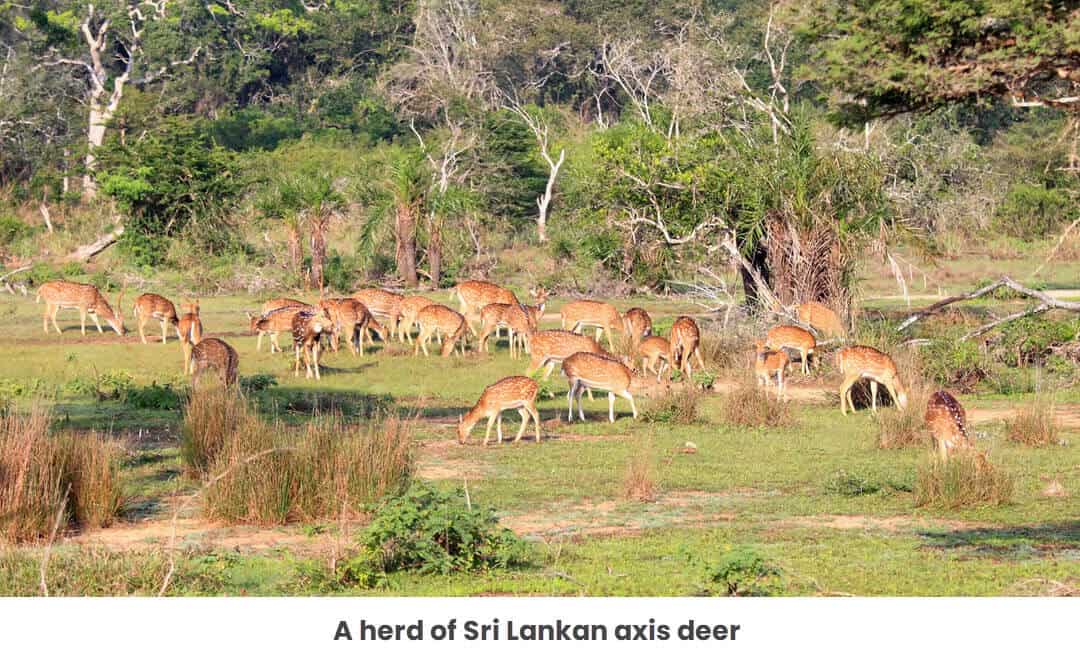
Reproduction
The Sri Lankan leopard appears to mate year round. Their lifespan averages from 12 to 15 years in the wild.
Conservation
The population of Sri Lankan leopards is decreasing. The main survival threat to the Sri Lankan leopard is habitat loss and fragmentation due to residential and commerical development, livestock farming and rancing and the building of roads.
Human conflict is another major conservation issue. Sometimes the killing is accidental, but retaliations killings also occur. The last IUCN assessment was in 2019.

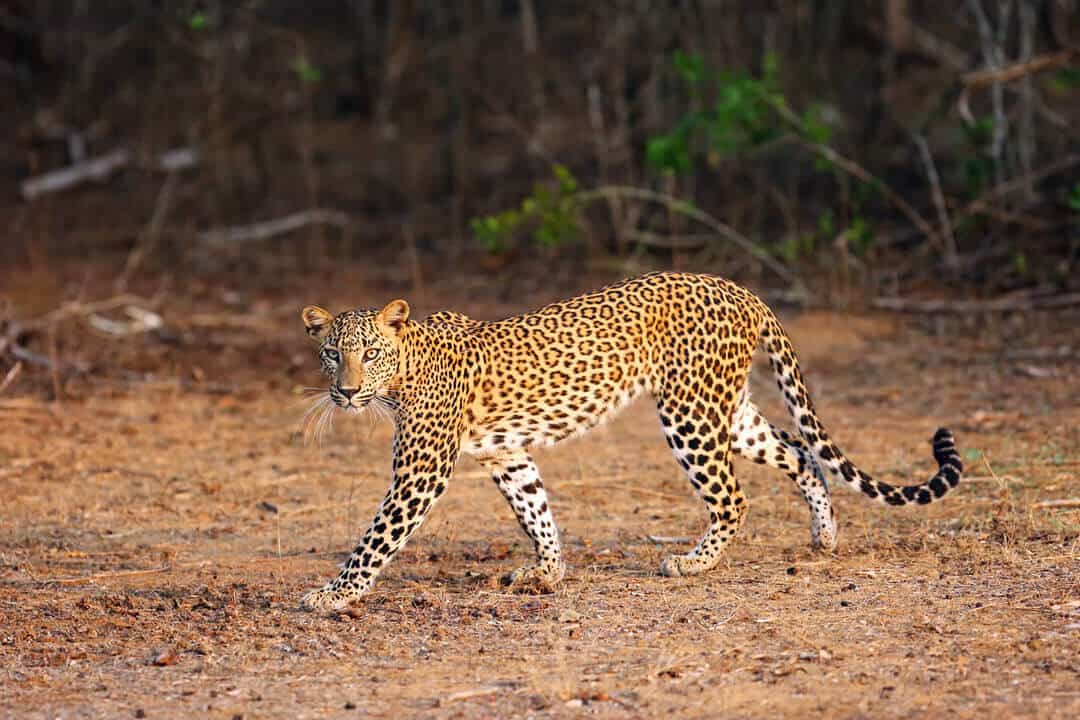
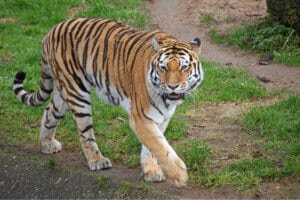
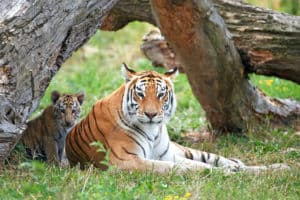


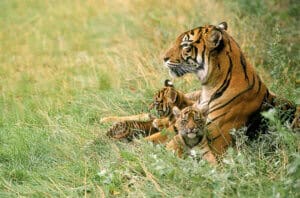

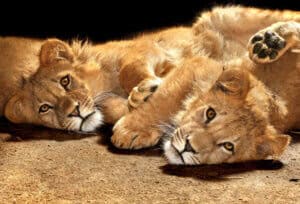

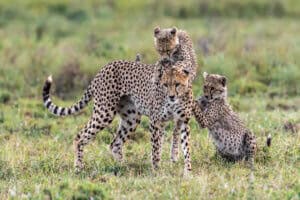

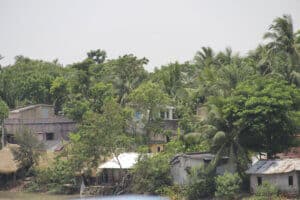
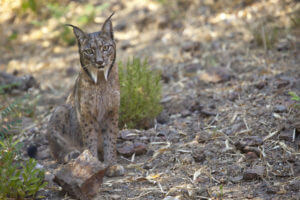
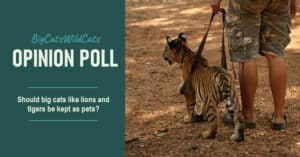

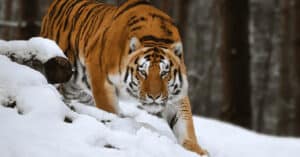

0 Comments